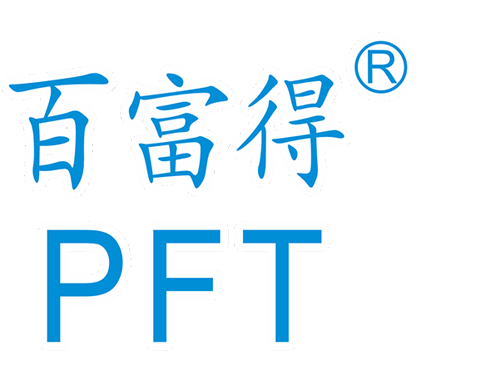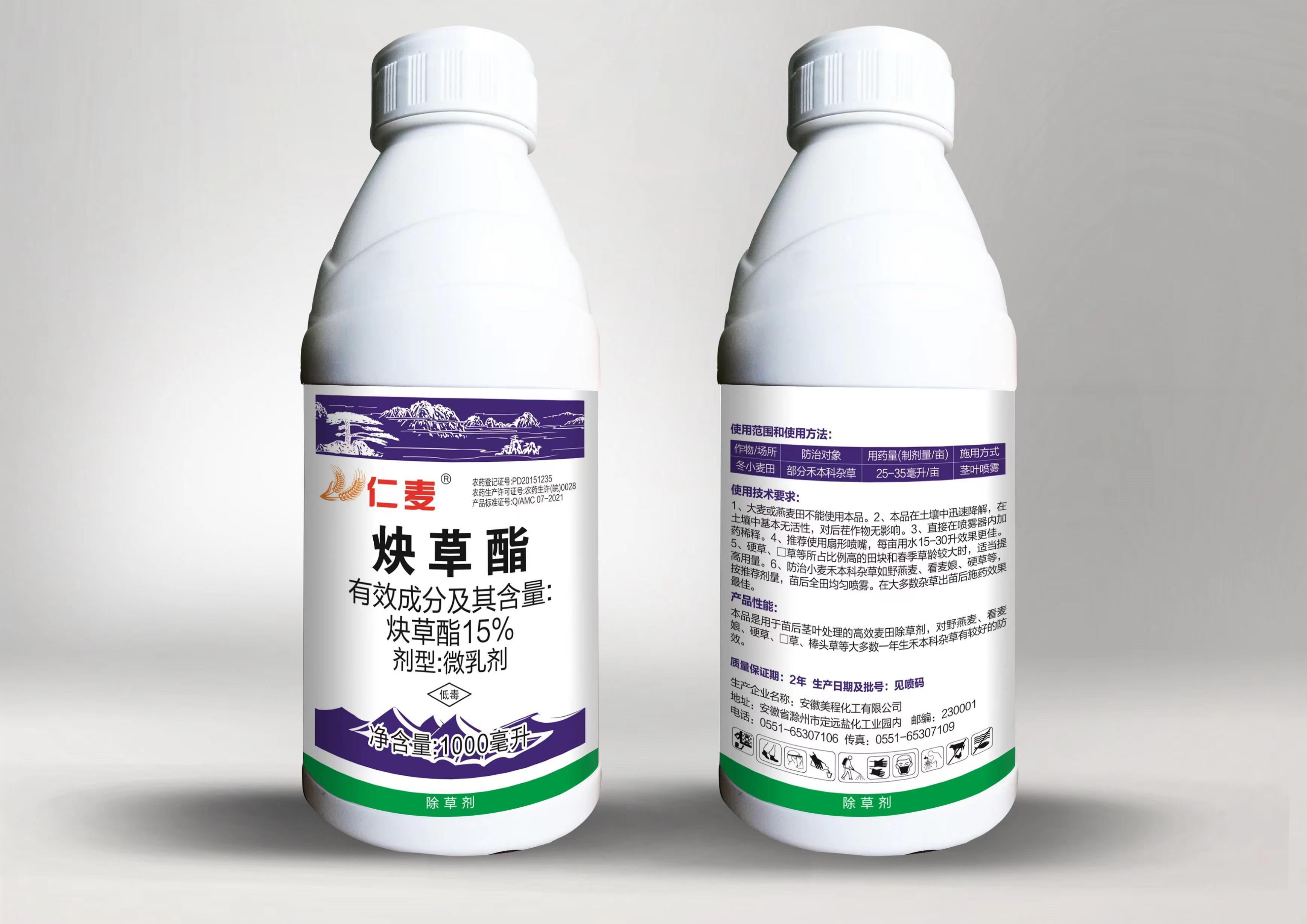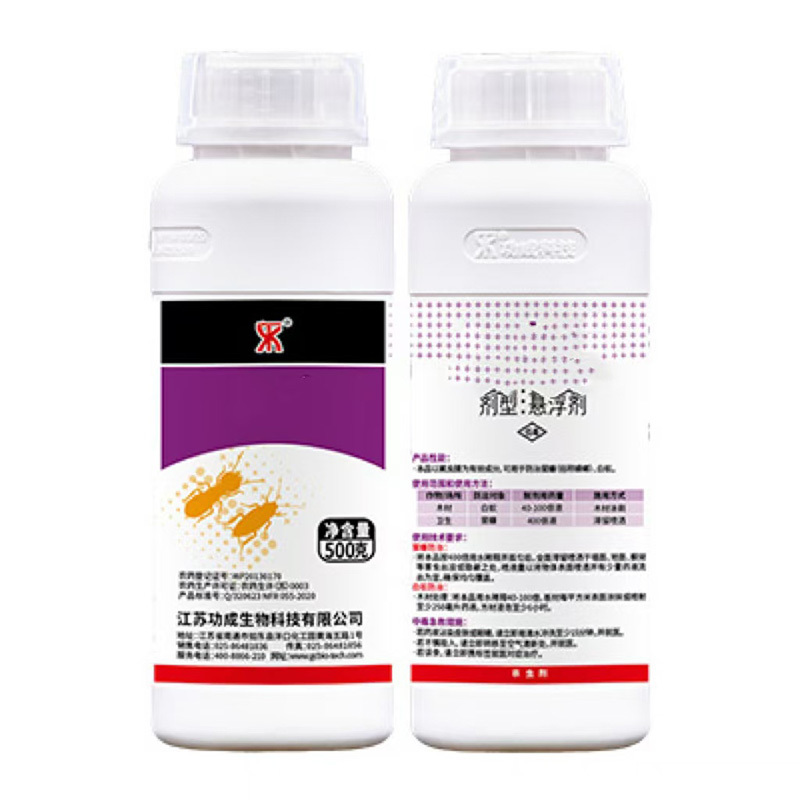-
-
-
-
News & Publication
-
News & Publication
Effective Chemical Control Strategies for Cabbage Aphids
Time
2025-05-24
Cabbage aphids, scientifically known as Brevicoryne brassicae, are small, soft-bodied insects that feed on the sap of cabbage plants, leading to stunted growth and reduced yields. They reproduce quickly, making their populations difficult to control if not addressed promptly. Chemical control is one of the primary methods used to manage cabbage aphids, and it involves various insecticides that tar
When considering chemical control options for cabbage aphids, it’s important to choose products that are effective while minimizing harm to beneficial insects and the environment. Systemic insecticides, which are absorbed by the plant and make it toxic to aphids, can be particularly useful. These insecticides can provide long-lasting protection as they remain active within the plant, deterring aphid feeding for an extended period.
Another effective strategy is the use of contact insecticides. These products kill cabbage aphids upon contact and can be highly effective when applied directly to infested plants. However, it's essential to ensure thorough coverage of the foliage, as aphids tend to settle on the undersides of leaves and in less accessible areas.
Integrated pest management (IPM) practices are also crucial when implementing chemical control measures. Combining chemical control with cultural practices, such as crop rotation, proper sanitation, and the use of resistant cabbage varieties, can enhance the effectiveness of control measures and reduce the likelihood of aphid resurgence. Moreover, monitoring and scouting for aphid populations can help determine the optimal timing for insecticide application, ensuring that interventions are made when aphid numbers are manageable.
It’s also vital for agricultural professionals to stay informed about the latest research and advancements in pest control technologies. New formulations and application methods are constantly being developed, which can improve efficacy and decrease environmental impact. Engaging in continuous education through workshops, webinars, and industry publications can provide valuable insights into the latest best practices for cabbage aphid management.
In conclusion, effective chemical control of cabbage aphids requires a balanced approach that integrates various strategies, including the careful selection of insecticides, adherence to IPM principles, and ongoing education. By employing these methods, agricultural professionals can successfully manage cabbage aphids, ensuring healthy crops and sustainable agricultural practices.
Latest News

Email:
Address 1 : Salt-chemical Industrial Zone, Dingyuan County, Chuzhou, Anhui Province, China
Address 2 : 19F, Block A, Zheshang Building, Science Avenue, Hefei City, Anhui Province, China
Leave Message
We will contact you within one working day. Please pay attention to your email.
COOKIES
Our website uses cookies and similar technologies to personalize the advertising shown to you and to help you get the best experience on our website. For more information, see our Privacy & Cookie Policy
COOKIES
Our website uses cookies and similar technologies to personalize the advertising shown to you and to help you get the best experience on our website. For more information, see our Privacy & Cookie Policy
These cookies are necessary for basic functions such as payment. Standard cookies cannot be turned off and do not store any of your information.
These cookies collect information, such as how many people are using our site or which pages are popular, to help us improve the customer experience. Turning these cookies off will mean we can't collect information to improve your experience.
These cookies enable the website to provide enhanced functionality and personalization. They may be set by us or by third-party providers whose services we have added to our pages. If you do not allow these cookies, some or all of these services may not function properly.
These cookies help us understand what you are interested in so that we can show you relevant advertising on other websites. Turning these cookies off will mean we are unable to show you any personalized advertising.
This website already supports IPV4/IPV6 bidirectional access





